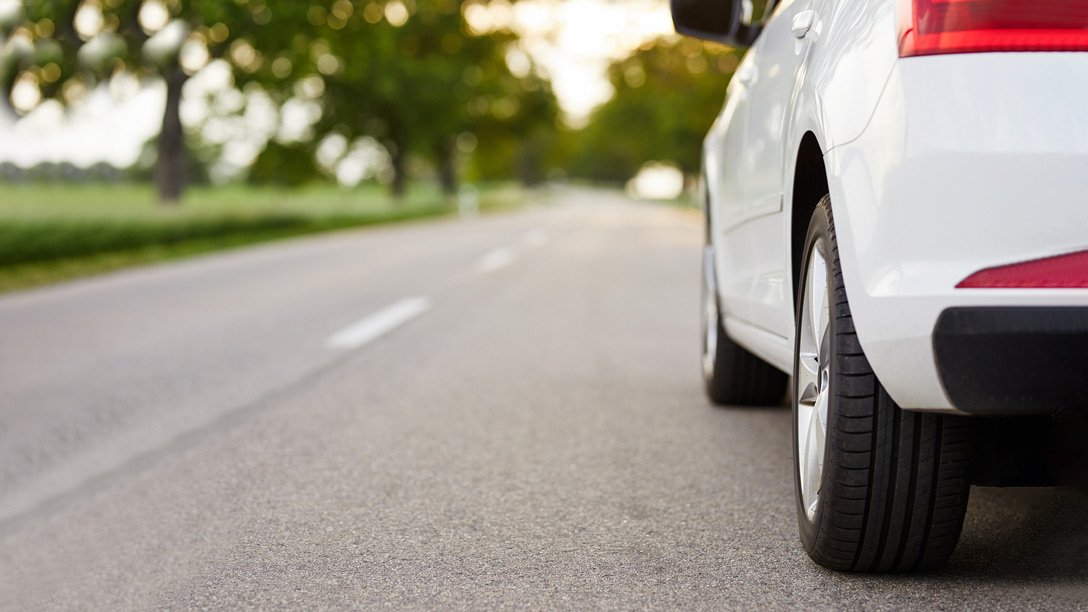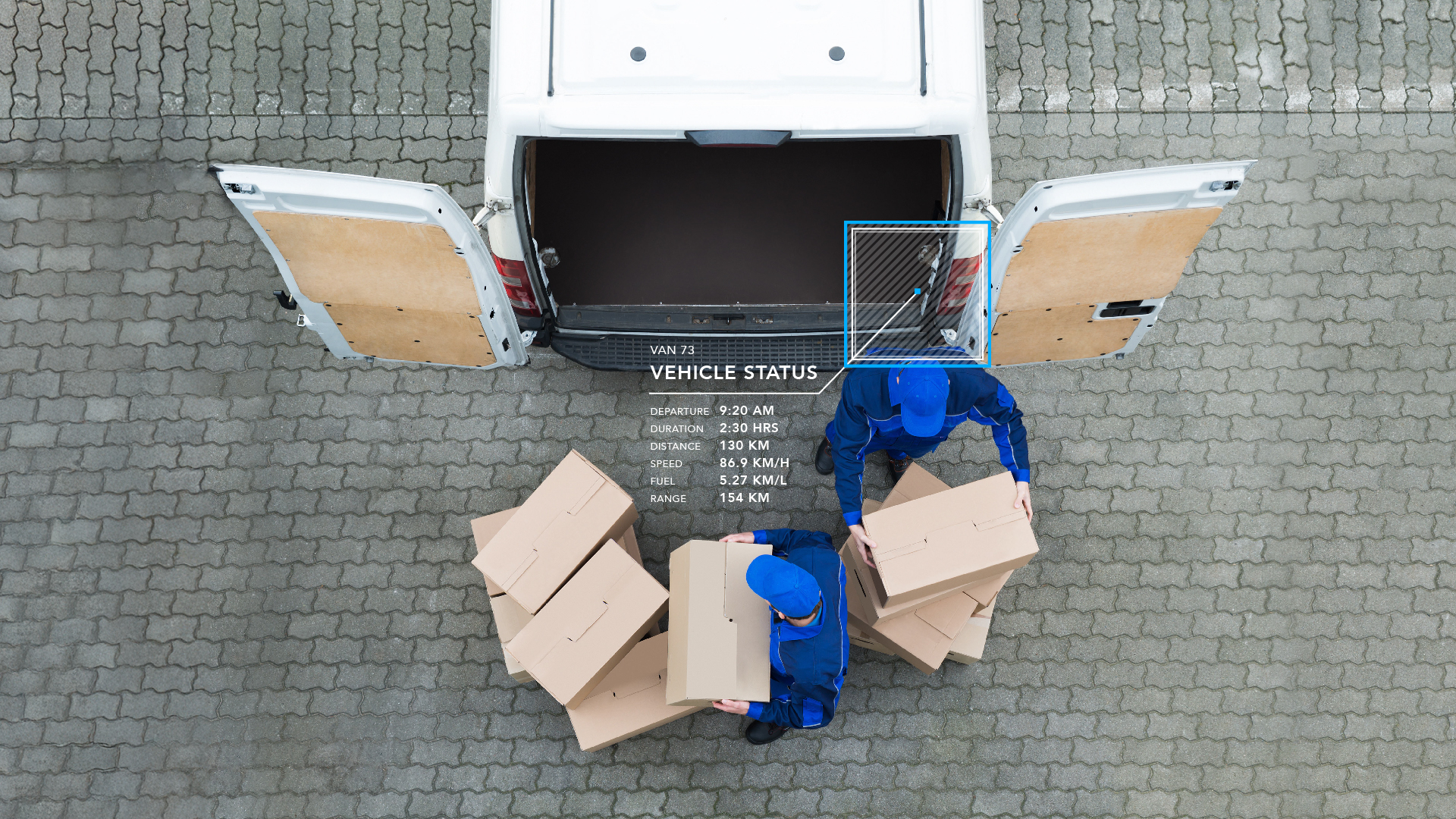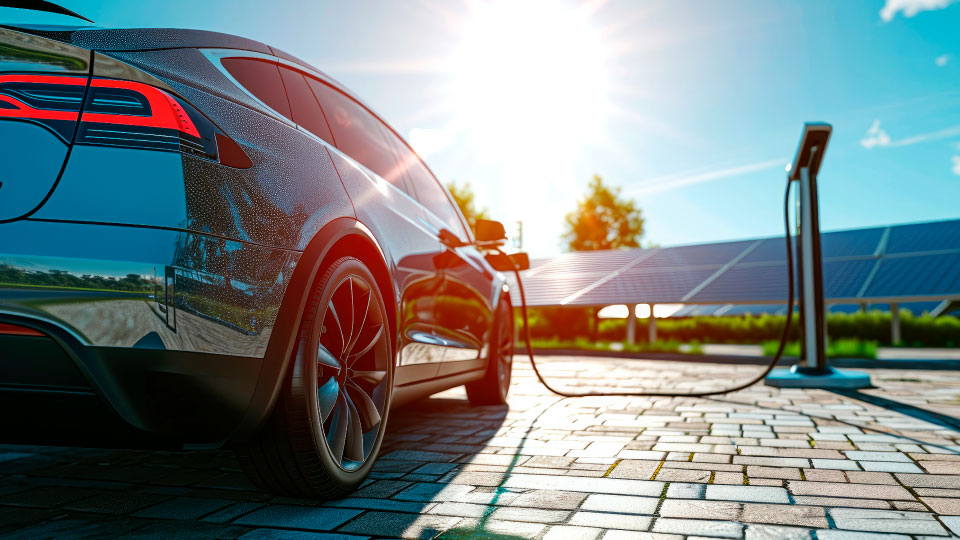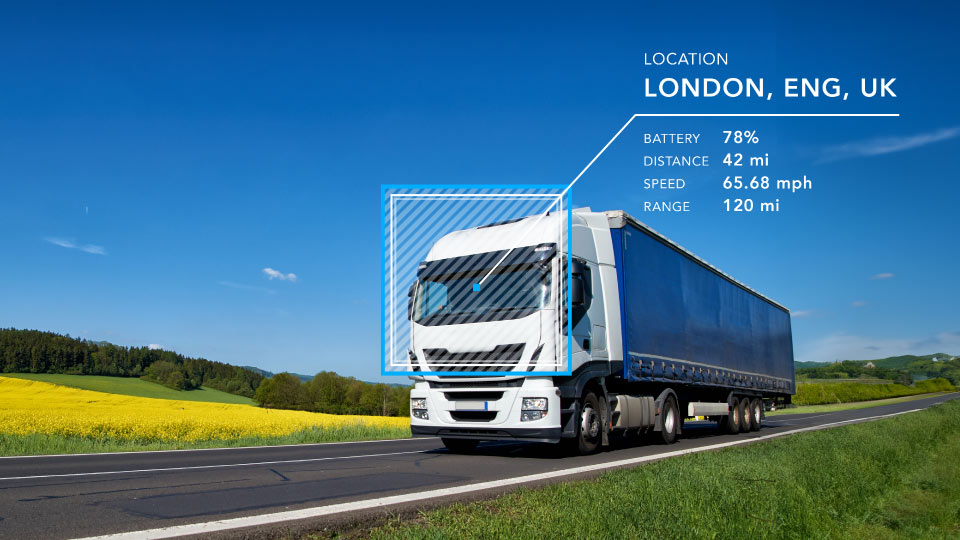5 Eco-driving tips to save fuel
Eco-driving is good for vehicle owners and the environment.

Did you know that your driving technique—not just driving distance and time—affects how much fuel your vehicle uses? However, Eco-driving makes it possible to save hundreds of pounds per vehicle each year on fuel and makes up an important part of a fleet sustainability programme.
See Also: 30 tips for a green fleet strategy
What is eco-driving?
Eco-driving is a method of driving a vehicle with the goal of using less fuel and having less of an impact on the environment.
The first use of the term "eco-driving" is attributed to the Swedish National Driving School in 1998. The concept then appeared in some European driving programmes in the early 2000s and has since gone global.
What can be achieved by eco-driving?
According to the U.S. Department of Energy, aggressive driving can reduce your miles per gallon by 15–30% (at motorway speeds) or 10–40% (in stop-and-go traffic.) As fuel consumption legislation becomes tighter, it is worth adopting eco-driving techniques to improve your fleet's carbon footprint.
Benefits of eco-driving as cited by the U.S. Forest Service:
- Lower fuel use and costs
- Reduce exhaust emissions, including CO2
- Reduce vehicle wear
- Increase safety
Eco-driving techniques
1. Don't slam on the brakes
Avoid speeding up and slowing down too quickly whenever possible. Instead, traffic permitting, take your foot off the accelerator and coast to slow down.
Sudden acceleration and braking increases fuel consumption and can wear down your vehicle. Slamming on the brakes can cause the brake pads to overheat and wear down more quickly, and cause the rotors to warp.
Harsh braking can also trigger your vehicle's anti-lock braking system (ABS) when it's not needed, which could worsen brake performance. If you have an older vehicle model without ABS, harsh braking can cause a "flat-spot", an uneven patch of wear, to appear on your tyres.
2. Regulate your speed
According to Natural Resources Canada, if you change your speed back and forth from 75 km/h to 85 km/h (around 47 mph to 53 mph) every 18 seconds, you risk increasing fuel usage by a whopping 20%.
For as long as you can do it safely, in light of traffic conditions, try to maintain a steady speed and consider using cruise control. Letting your speed drop slightly as you ascend a hill can also be beneficial; you will regain some speed on the other side.
3. Reduce excess weight
The heavier your vehicle, the more fuel is needed to move it. In recent years, car manufacturers have improved materials and designs in order to reduce vehicle weight, but carrying heavy items and equipment can still have a negative effect on fuel consumption.
Check if there are pieces of equipment that can be removed from the inside or top of your vehicle that you do not need for any tasks that day. When purchasing a new vehicle, consider choosing a smaller-engined, fuel efficient model that suits your fleet needs.
4. Optimise routing
Try combining multiple trips in one and plan your route ahead of time. Stay tuned to traffic reports, note roadworks areas and avoid routes that cut through busy junctions or cities if possible.
Through route optimisation, you can minimise idling, reduce the risk of harsh braking and shorten the time spent driving. If you're dealing with a fleet of vehicles, consider using technology tools that assist with dispatch and routing to coordinate your resources.
5. Avoid idling
Did you know that letting your vehicle idle for more than 10 seconds uses up more fuel than if you had switched your vehicle off and then on again? Argonne National Laboratory has stated that each day an estimated one million long-haul heavy-duty lorries idle during mandated rest stops.
When you are not on the road, switch off your vehicle if you expect to be idling for more than 60 seconds. If one of the primary reasons for idling is temperature control, consider investing in cab or bunk heaters, coolant heaters, storage air conditioners or another piece of idle reduction equipment.
Why is eco-driving important?
Correcting inefficient driving techniques is good for vehicle owners and the environment. Get some more green fleet ideas in this blog post: Fleet sustainability best practices.
Subscribe to the Geotab Blog
The Geotab Team write about company news.
Related posts

Strategic Implementation of Telematics for Optimising Last-Mile Delivery Operations
April 1, 2025
2 minute read
.jpg)
Lead with Trust: How Geotab Helps Businesses Navigate CSRD Compliance
March 19, 2025
2 minute read

Data-Driven Innovations in Fleet Management: highlights from Geotab Mobility Connect 2024
November 28, 2024
3 minute read

2030 or 2035, the UK Needs Meaningful Action on EVs Now
September 6, 2024
2 minute read

Driving smarter: Insights from Geotab’s “Taking Charge” Report
August 8, 2024
2 minute read

The art of the possible: Insights from Geotab’s “Taking Charge” Report
June 20, 2024
3 minute read
